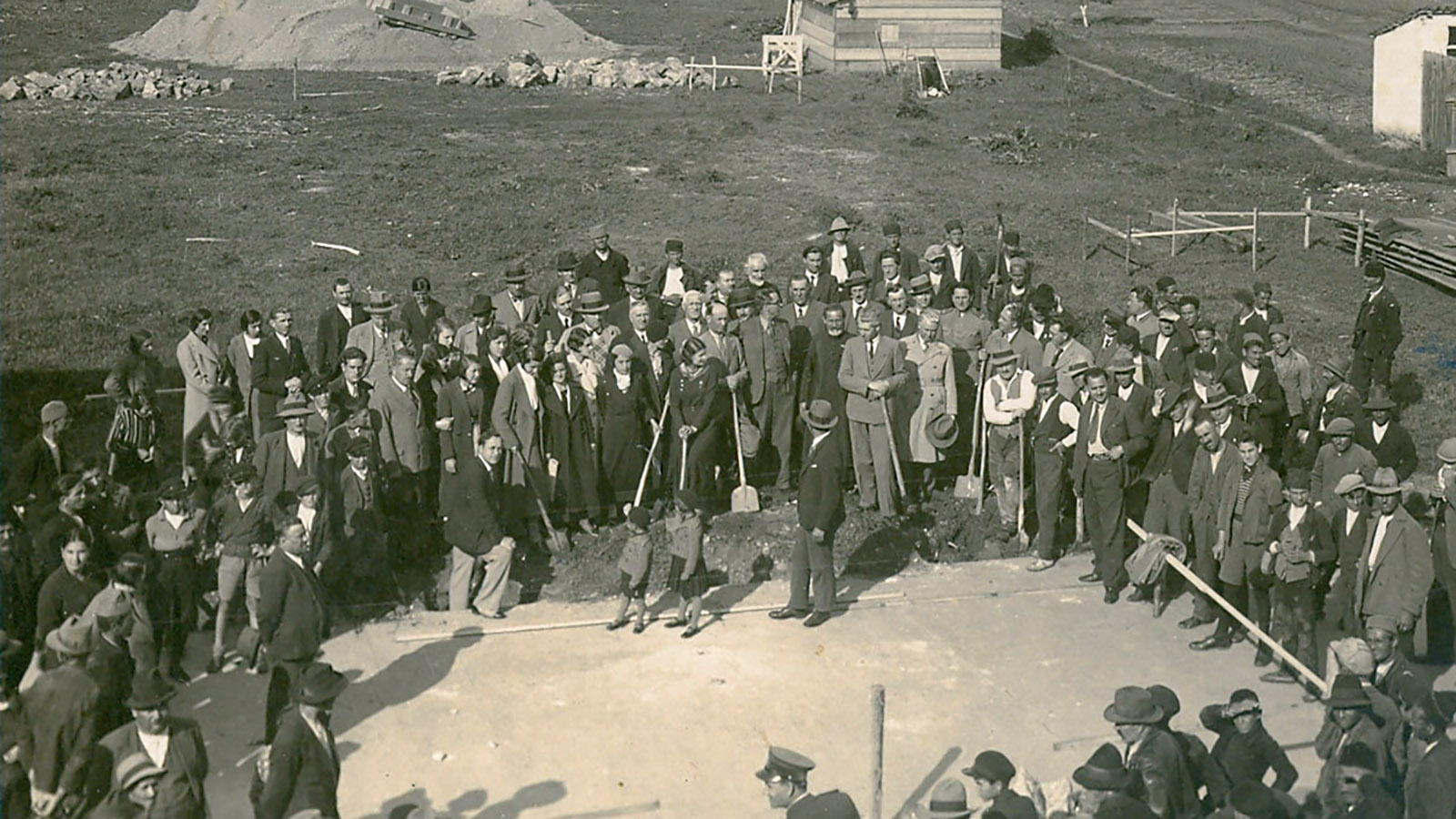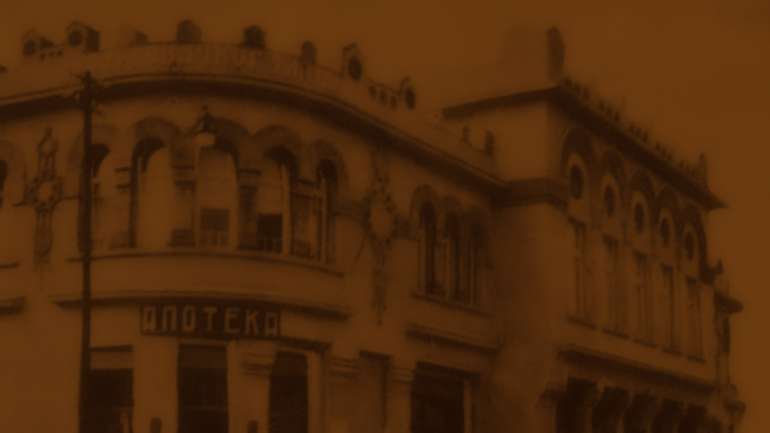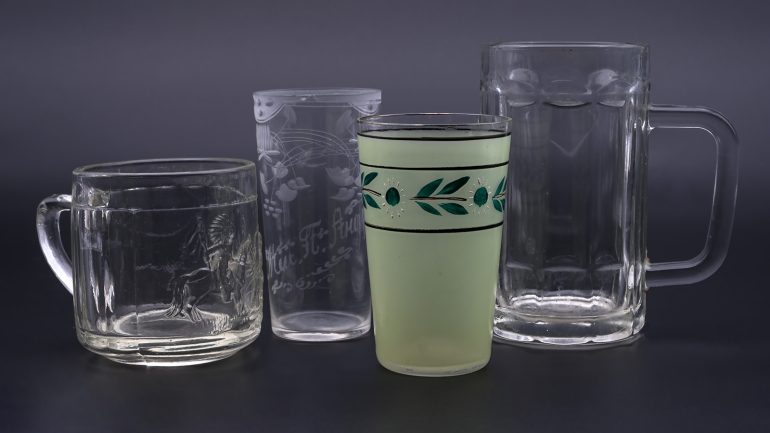By: Jasmina Trajkov, museum advisor
This year marks nine decades since the construction of the building that today houses the Regional Museum of Jagodina. Originally built as the Sokol Hall, it has long been one of the city’s most recognizable landmarks—a center for culture, community, and gatherings. Today, it is a protected cultural monument, bearing witness to our city’s enduring heritage.
The Sokol Hall in Jagodina was built on the site of the original house of Stevča Mihajlović (1806–1888), a prominent figure in Serbian political life during the reigns of Prince Miloš and Mihailo Obrenović, who was also the Prime Minister on two occasions. Stevča’s house was demolished in the early 1930s, and the land on which it stood was ceded to the Sokol Society for the construction of the Sokol Hall.
In January 1932, a Committee was formed to oversee the construction of the Sokol Hall, with the aim of raising funds and securing the necessary land. In August, the Administration of Morava Banovina in Niš officially donated the land to the Sokol Society in Jagodina. Although construction was planned to begin the following spring, fundraising took longer than expected, and the cornerstone was finally laid on May 26, 1935. A ceremonial event marked the occasion, followed by an evening performance at the “Palas” Hotel. The ceremony was attended by many citizens, with services conducted by Orthodox priest Jeremija Stanković and Catholic priest Ante Ronko.
The Sokol Hall in Jagodina was designed by the renowned architect Momir Korunović (1883–1969). He was himself a member of the Sokol movement and, being originally from the Jagodina area, gifted the building’s design to the local Sokols. The inauguration ceremony of the building took place on November 2–3, 1935. The first day featured the first regional assembly of Sokol squads, followed the next day by the blessing of the Sokol Hall. In the morning, a Sokol parade passed through the city, led by the Sokol cavalry, and then the Hall was consecrated. In the afternoon, a public celebration was held, concluding in the evening with a formal academy.
As can be seen from old photographs, the building of the Sokol Hall in Jagodina housed exercise equipment, but Sokol festivities (sessions, dances, costume balls, etc.) were also held in this space. After World War II, the building housed the Partizan Physical Education Society, a kind of successor to the Sokol Society. In the post-war period, cinema and theater performances were also held in the Sokol Hall. The Regional Museum of Jagodina has been located in this building since 1981. The building was declared a cultural monument in 1987.
Today, as the building of the Regional Museum of Jagodina – formerly the Sokol Hall – marks its ninetieth anniversary, it faces numerous challenges. The structure is in very poor condition and requires urgent restoration. In 2021, the museum launched a project aimed at adapting, expanding, and upgrading the space for storage and creating a new permanent exhibition in line with modern principles of cultural heritage preservation. With financial support from the Ministry of Culture, the first phase of the project was carried out, including geotechnical studies of the museum building’s foundation zones. The following year, the Ministry supported the second phase, which focused on developing a conceptual plan for the restoration, reconstruction, and adaptation of the museum building. The project was led by the Faculty of Architecture in Belgrade.
To our great surprise and regret, this year the Ministry of Culture halted funding just as we reached the third phase—the preparation of the execution project—so work on the restoration and adaptation of the building has been temporarily suspended. Preserving the Regional Museum building is not merely a matter of reconstruction; it is a shared duty and responsibility. By restoring this building, we safeguard not only our cultural heritage but also the spirit of the city, which it has symbolically represented for more than a century.





